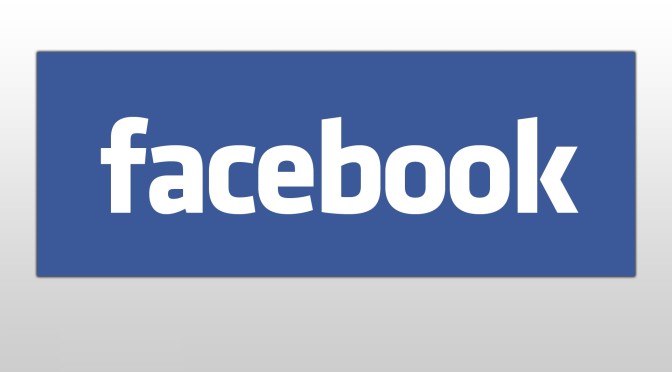Since the beginning of blogs and independent news websites, content has been king. The value being offered by the author of articles and the administrator of websites always attracted real followers, subscriptions, and even customers. Today with social media marketing, the same strategy can still be applied to Twitter and Instagram, and to an extent Facebook, which still brings a return on investment from content, despite the change in algorithms which now makes organic growth difficult. Social media experts are beginning to push the idea of spending money on advertisements for Twitter and Instagram, yet those two platforms differ greatly from Facebook which does indeed force small business owners and bloggers to advertise to reach their target markets.
Why does content have a different effect for Twitter and Instagram than it does for Facebook? Twitter and Instagram achieve the same goal, but the type of content that is being shared can differ. Both platforms give the user much more freedom than Facebook when it comes to creating a following and attracting customers. By posting a tweet or Instagram picture and properly using hashtags, hundreds if not thousands of people are being reached organically, which means free exposure.
Creating a following on these platforms is seamless, and the user can mold his or her following in anyway they desire based on the content they’re posting and who they’re engaging with who also share similar content. Exotic car owners are the perfect example for growing a massive following on Instagram, as high resolution photos are an art form that gets a lot of engagement. That’s what Instagram was intended for. Photographers would share their photos to promote their skills and share their talent. Fast forward almost four years and Instagram can now be used in the same way that photographers, athletes, and actors use it, benefitting both you and your business.
Twitter is essentially an open forum where there are hundreds of thousands of different conversations going on simultaneously. Whether you’re self branding or using Twitter for your business, becoming a part of these conversations is key to succeeding on Twitter. Growing a large following takes time and a lot of work, but unlike with Instagram, you’re building a reputation and credibility through the content you’re posting, whether that be articles or tweets. Having influence in your market is very important as you become a leader in your field. While Twitter is ideal for the individual who is trying to shape and change an industry, small businesses that have physical locations can still benefit from being active and engaging with people in their local area.
When you take a step back and look at Twitter and Instagram for what they are, paying for ad campaigns is unnecessary. Organic growth outweighs paying for followers, as dedicating time and effort on both platforms will yield a much higher return on investment, and the money you’re saving could go towards more meaningful and effective marketing tools. Content is still king, and until Instagram and Twitter change their algorithms, which has been unsuccessful as users disapproved of the changes, articles, posts, and pictures will grab the attention of consumers that you want to reach. Put in time and energy, not money, and you’ll see your hard work pay off in the end.








